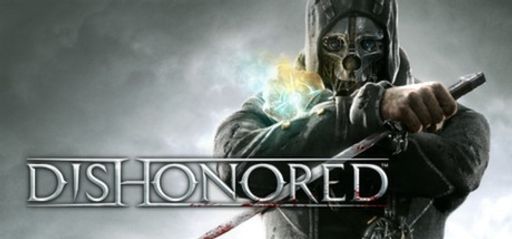I recently revisited Dishonored, a game that has long held a special place in the hearts of gamers who complete every corner of their virtual worlds. Arkane Studios developed Dishonored, and Bethesda Softworks published it. In this review, I share my personal deep dive into its mechanics, story, visuals, and sound, and I discuss how these elements meld into an experience that many of us still celebrate today.
Overall Impressions
To begin with, Dishonored feels fresh compared to typical action games. The idea of a supernatural assassin out for revenge hooked me right away. What stands out is how you mix powers, stealth, and unique gadgets. On top of that, the game fits many play styles. As a completionist, I loved hunting side quests, collectibles, and hidden trophies. That said, some say its stealth isn’t the best. Even so, the game really shines when you let loose and get creative with chaos.
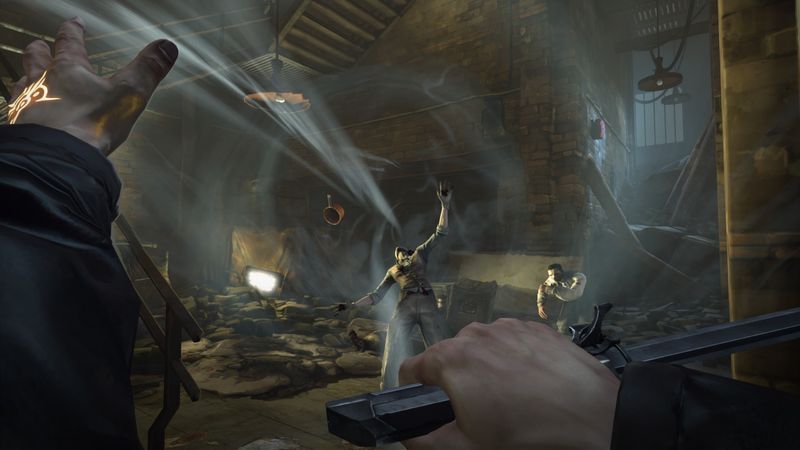
Gameplay Mechanics
Interestingly, the controls in Dishonored feel tight and smooth. In particular, combining magic powers with regular weapons pushed me to try new tactics. In fact, I found fresh ways to clear each mission. For example, I once used telekinesis to fling objects at guards—a move that made me think and plan.
Several players have noted that first-time playthroughs become most exhilarating when you embrace high chaos and deploy every tool at your disposal. I wholeheartedly agree: high chaos showcases the raw intensity of Dishonored’s combat. At the same time, I value how a more subdued playthrough delivers narrative richness through careful observation and stealth. Ultimately, this duality boosts the game’s replayability. Whether you eliminate every threat or minimize collateral damage, Dishonored adapts to your style without ever sacrificing its core identity.
Story and Characters
By design, Dishonored offers a rich, layered story. You play a haunted assassin whose quest for revenge ties into corruption, redemption, and moral gray areas. I liked how the plot unfolds at a steady pace. Equally important, the characters each feel deep and real—a quick chat can reveal a hidden backstory.
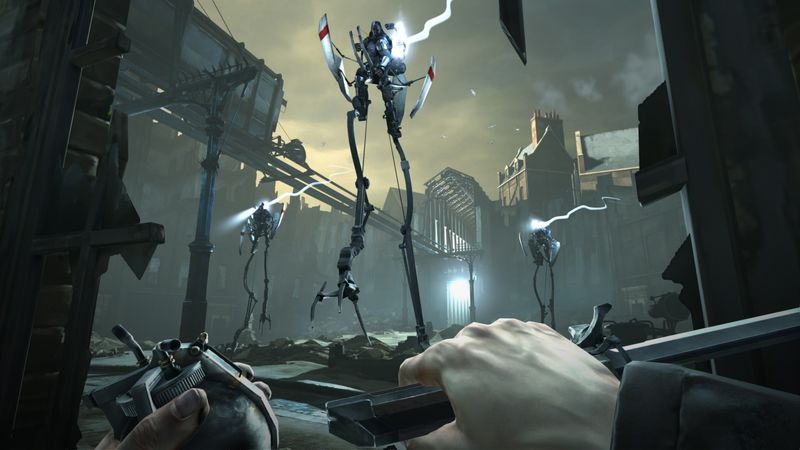
Notably, Arkane Studios crafted the city itself as a living character, complete with a gloomy atmosphere and intricate power dynamics. That said, some reviewers argue that frequent stealth interruptions undermine narrative tension. Even so, I believe the story and character development maintain a compelling balance, making those occasional hiccups a small price to pay for one of the most dynamic worlds I’ve ever explored.
Visuals and Graphics
In practice, Dishonored’s visuals work hand in hand with its narrative and gameplay to immerse you fully. The art style remains timeless, a sentiment echoed by many gamers. I found myself captivated by each location’s atmospheric design. Likewise, dramatic lighting casts long shadows that underscore the game’s supernatural elements, and detailed textures and character models highlight Arkane’s commitment to quality.
During my exploration, I noted how every mural, alley, and dusty corridor contributed to the game’s overarching mood. Even today, the graphics hold up brilliantly, offering a visual feast that rewards any detail-oriented traveler like myself.
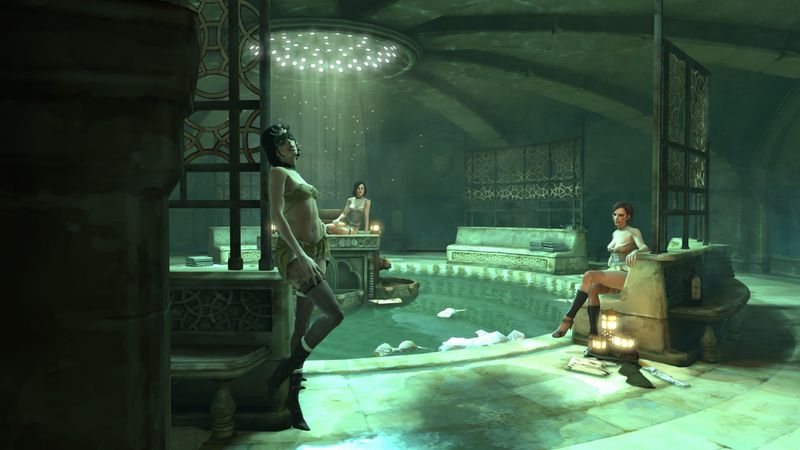
Sound and Music
Equally impressive, Dishonored’s sound design elevates the entire experience. The haunting soundtrack perfectly complements the game’s dark, eerie tone. I spent hours analyzing how music amplified key moments—during intense combat, it drove adrenaline; in quiet interludes, it guided reflection. Furthermore, crisp sound effects—every step, clashing blade, and supernatural whisper—resonated with clarity and purpose.
Voice actors also deserve praise for injecting subtlety and intensity into each performance. In one cutscene, a conflicted monologue surged with emotion, reinforcing the game’s themes. All things considered, ambient audio, meticulous effects, and an evocative score combine to create a soundscape that deepens immersion.
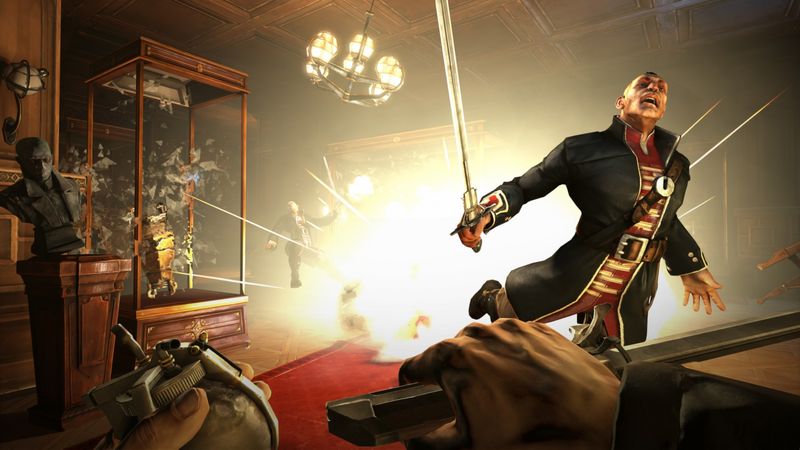
Difficulty and Replayability
From my perspective, Dishonored delivers a challenge that even seasoned explorers find rewarding. Its non-linear problem-solving encourages you to revisit objectives with fresh tactics. In my case, I saw how each decision—from choosing high chaos to evading conflict—shaped both world and story. For completionists like me, the abundance of side quests, hidden collectibles, and branching storylines keeps things perpetually engaging.
Moreover, distinct endings based on moral choices ensure the experience never grows stale. I ventured down multiple paths to witness how subtle shifts in approach led to drastically different outcomes. Ultimately, the game rewards curiosity and persistence, making Dishonored feel as fresh after the credits as it did at the start.
Conclusion and Rating
To wrap up, Dishonored blends innovative gameplay, immersive world-building, and intricate narrative design into a masterful whole. Despite occasional critiques of its stealth mechanics, the game’s fluid combat, compelling characters, and richly detailed environments deliver an unforgettable experience for those willing to explore. From my vantage point as a devoted completionist, I savored even its tiniest secrets—each hidden corner, every meticulously crafted quest, and the full soundscape affirmed its overwhelmingly positive acclaim.
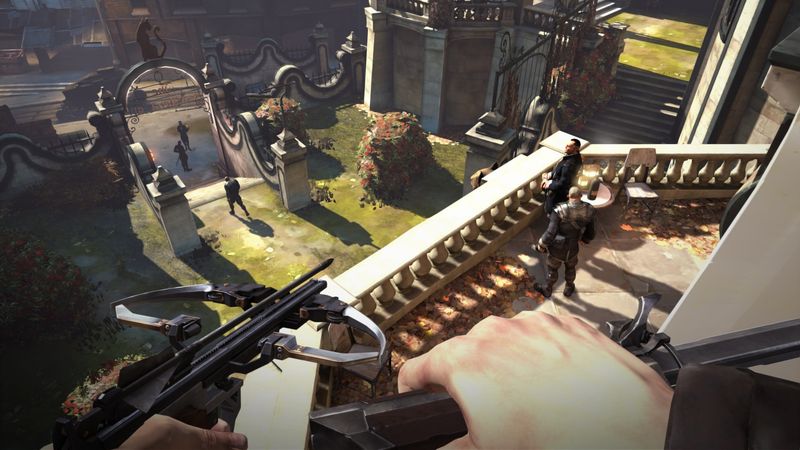
Simply put, I award Dishonored a solid 5 stars. It thrives on methodical exploration and detailed play, presenting a narrative puzzle that every dedicated gamer deserves to solve. If you haven’t yet experienced Dishonored’s unique blend of art, sound, and relentless gameplay, I encourage you to dive in. Its legacy continues to inspire both new and veteran players to look closer, think deeper, and play harder.
I remain ever grateful to Arkane Studios for crafting a world where every detail matters and every choice shapes your journey. Dishonored truly stands as a gem in the pantheon of action games.

